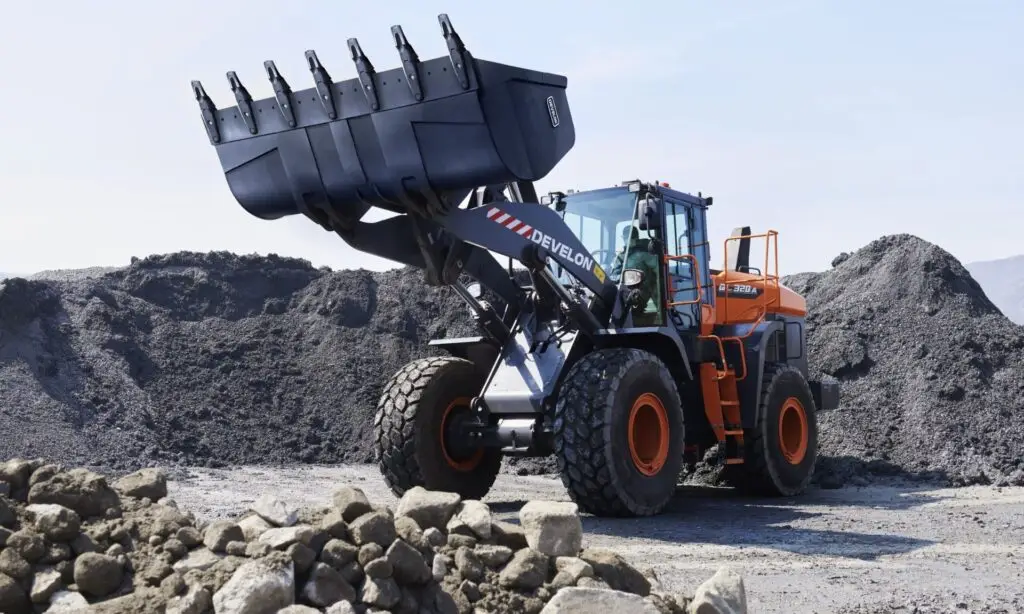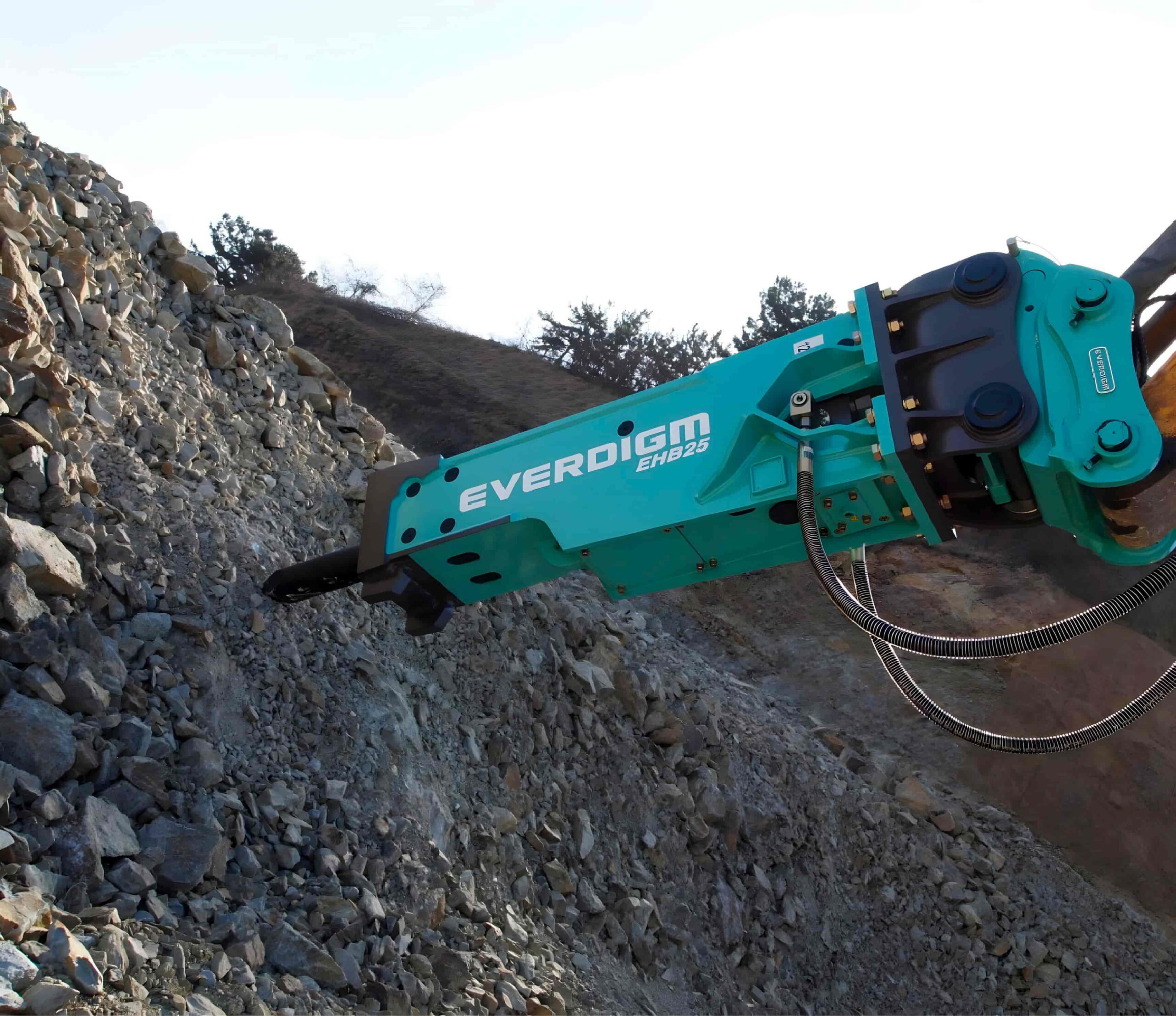Tech Changes the Role of Earthmoving Equipment Operators
The integration of advanced technologies such as GPS, automation, and remote-controlled machinery is significantly transforming the role of earth-moving equipment operators. These innovations are enhancing operational efficiency, safety, and precision in the construction and mining industries. This article explores how these technological advancements are re-shaping traditional operator roles and the implications for the future workforce.
Global Positioning System (GPS) technology has become a cornerstone in modern earth-moving equipment operations. By providing real-time location data, GPS enables operators to perform tasks with unprecedented accuracy. For instance, GPS-guided systems can direct earth moving equipment to excavate or grade terrain to exact specifications, reducing the margin of error and minimizing material wastage.
The Advent of GPS Technology in Earthmoving Machines
The financial implications of GPS integration are noteworthy. While the initial investment for equipping a machine with GPS technology can be substantial, averaging around $100,000 per unit, the return on investment is justified by significant productivity gains. Studies have shown that GPS-equipped earth-moving machines can enhance productivity by up to 30% compared to traditional methods. This efficiency not only accelerates project timelines but also leads to cost savings in materials and labor.
However, the adoption of GPS technology necessitates a shift in the operator’s role. Operators must now be proficient in interpreting GPS data and interfacing with digital control systems. This evolution requires additional training and a fundamental change in the skill set expected of earthmoving equipment operators.
Automation and Its Impact on Operator Responsibilities
Automation is revolutionizing the operation of earth-moving equipment by introducing systems capable of performing tasks with minimal human intervention. Companies like John Deere have unveiled fully autonomous machinery, including tractors and dump trucks, designed to address labor shortages and enhance efficiency in sectors such as construction and mining. These autonomous machines are equipped with advanced sensors, artificial intelligence, and computer vision technologies that allow them to navigate complex terrains and execute tasks traditionally handled by human operators.
The deployment of autonomous earth-moving machines alters the traditional role of operators. Instead of manually controlling equipment, operators are transitioning into supervisory positions where they monitor multiple machines, analyze performance data, and manage exceptions or anomalies in operations. This shift not only changes the nature of the work but also elevates the level of technical expertise required, as operators must understand and manage sophisticated automated systems.
Remote-Controlled Machinery: Enhancing Safety and Efficiency
Remote-controlled earth-moving equipment is another technological advancement reshaping operator roles. By allowing operators to control machinery from a distance, these systems enhance safety, especially in hazardous environments such as mining sites or disaster-affected areas. Remote operation reduces the risk of injury by distancing personnel from potentially dangerous situations.
The implementation of remote-controlled machinery requires operators to develop new competencies in handling remote interfaces and understanding teleoperation protocols. This transition emphasizes the need for comprehensive training programs to equip operators with the necessary skills to effectively manage remote-controlled earthmoving machines.
Challenges and Considerations in Technological Integration
While the benefits of integrating GPS, automation, and remote control into earthmoving equipment are substantial, several challenges must be addressed:
- Technical Limitations: GPS technology, for instance, requires an unobstructed view of the sky to function effectively. Operations in areas with dense tree cover, tall structures, or underground environments may experience signal disruptions, affecting accuracy and reliability. Additionally, high-voltage power lines can create dead zones, further complicating the use of GPS in certain locations. Advancements in technology, such as the incorporation of additional satellite systems like GLONASS, are helping to mitigate these issues, but limitations still exist.
- Economic Factors: The high initial cost of implementing these technologies can be a barrier, especially for small to medium-sized enterprises. Companies must weigh the upfront investment against long-term gains in efficiency and productivity. While larger firms may have the capital to invest in such technologies, smaller companies might struggle to justify the expenditure without clear and immediate returns.
- Workforce Transition: As automation and remote control reduce the need for manual operation, there is a growing need for training programs to help existing operators adapt to new roles. This transition may also lead to workforce displacement if not managed proactively. Companies must invest in reskilling initiatives to ensure that their workforce remains relevant and capable of handling technologically advanced equipment.
The Future Landscape of Earthmoving Equipment Operation
The continuous evolution of technology suggests that the role of earth-moving equipment operators will keep transforming. Future developments may include:
- Enhanced Human-Machine Collaboration: Operators will work alongside intelligent machines, leveraging automation for repetitive tasks while focusing on complex decision-making and oversight. This collaboration can lead to more efficient operations and allow human workers to apply their expertise in areas where machines may fall short.
- Advanced Training Programs: Educational institutions and companies will need to develop specialized training programs focusing on the integration of technology in earth-moving operations. These programs should cover aspects such as data analysis, system diagnostics, and the management of automated systems.
- Policy and Regulatory Updates: As technology advances, regulatory bodies will need to update safety and operational standards to address the unique challenges posed by autonomous and remote-controlled machinery. This includes establishing guidelines for the safe operation of such equipment and ensuring that operators are adequately trained and certified.
The infusion of GPS, automation, and remote-controlled technologies is redefining the landscape of earthmoving operations.
While these advancements offer significant benefits in terms of efficiency, safety, and precision, they also necessitate a paradigm shift in the roles and skills of equipment operators.
Embracing this technological evolution requires a balanced approach that considers economic factors, addresses technical limitations, and prioritizes workforce development to ensure a seamless transition into the future of earthmoving operations.


